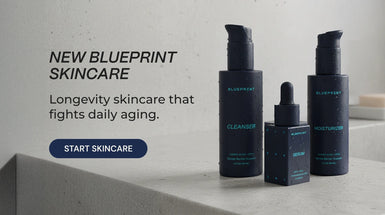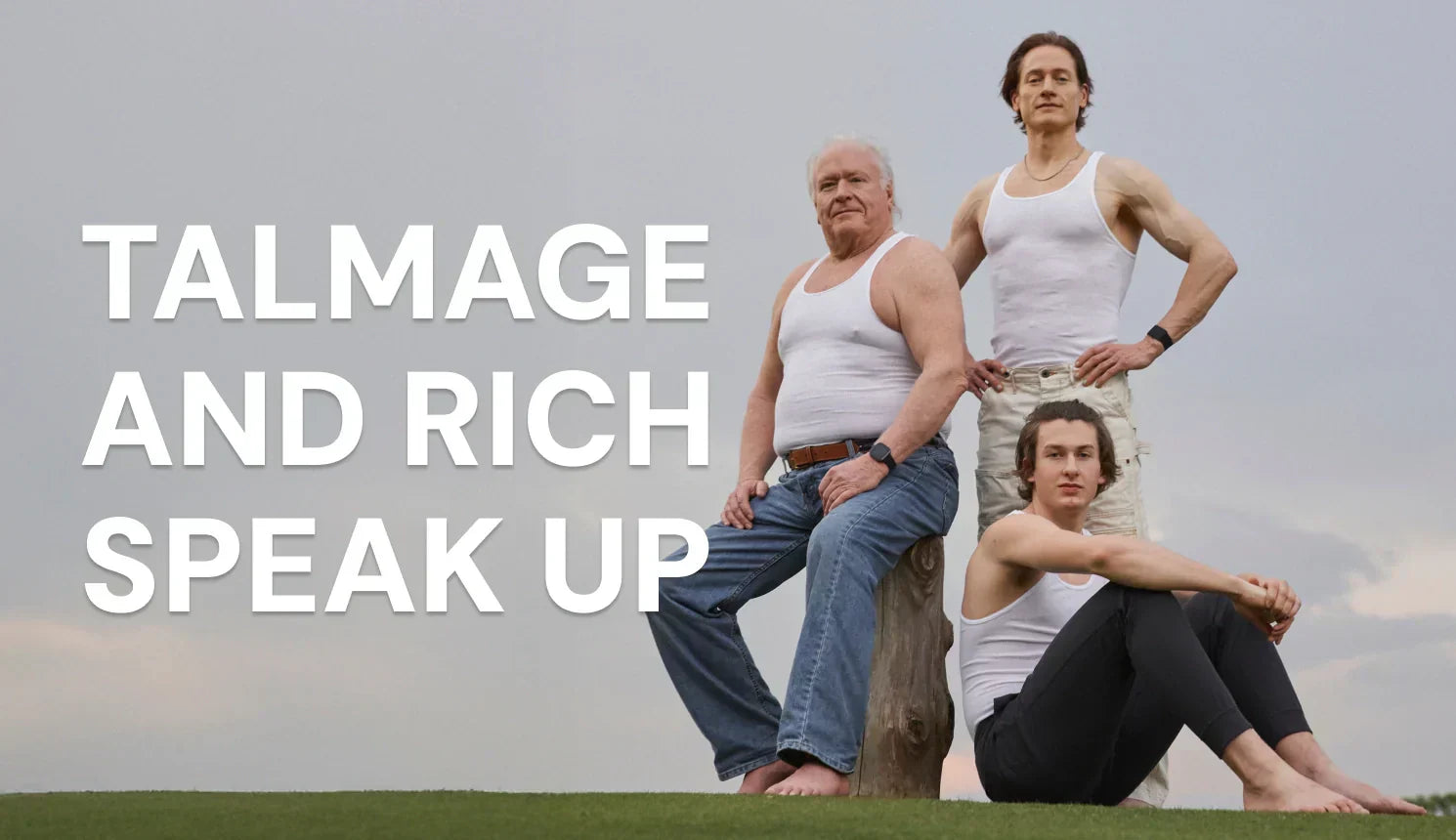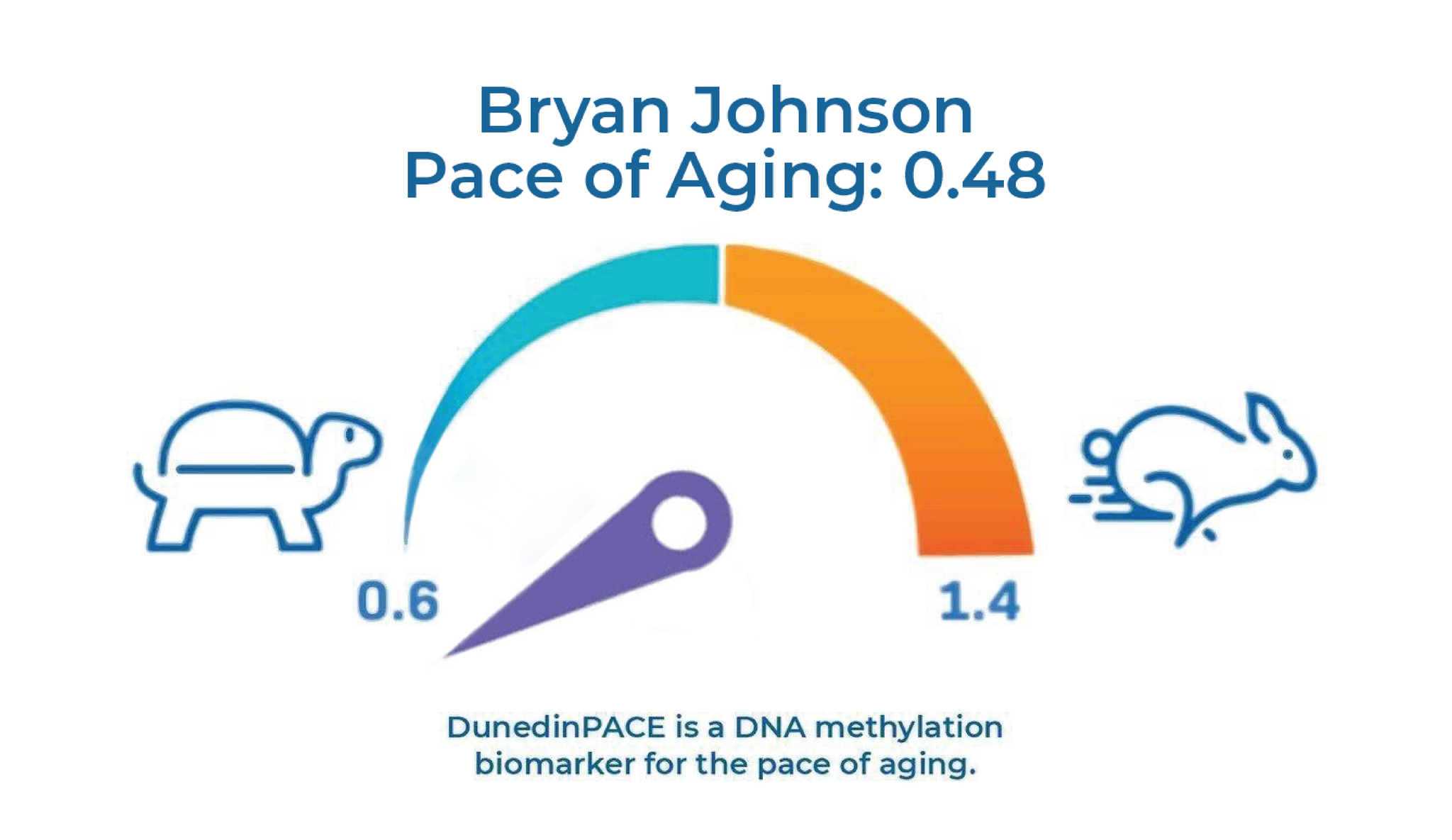Link to downloadable PDF instructions
How to test
- Follow the video for instructions
- Do each test
- Fill in your scores and ‘bioage/ranking’ on this chart.
![]()

1. Continuous Push-Ups
Objective: Measure upper body strength and muscular endurance.
Evidence: Associated with lower risk of cardiovascular disease.¹
Target: Be ‘good’ or above for your age and gender
Instructions:
a) Lie face down on the floor with hands placed slightly wider than shoulder-width apart, elbows fully extended.
b) Lower your body until the chest touches the floor, keeping the body in a straight line from head to heels. Keep an eye out for rounded backs (hips in the air).
c) Push back up to the starting position. This counts as one push-up.
d) Perform as many push-ups as you can without rest (considered to be holding at the top for more than 3 seconds), maintaining proper form.
e) Record the number of push-ups completed.
Equipment needed: none
Measurement: Count (no units), greater number is better

2. Mobility Test: Sit Rise Test
Objective: Assess flexibility, strength, and balance.
Evidence: Predictor of all-cause mortality.²
Instructions:
a) From a standing position, sit down on the floor with legs crossed, without using hands, knees, forearms, or side of the legs for support.
b) Rise back to a standing position without using any support (this is the goal).
c) If support is needed, the scoring is as follows:
i) Deduct 1 point for each hand, knee, or forearm used going down and up
ii) Deduct 0.5 points for unsteady execution
d) The maximum score is 10. A score of 8 or more is considered ideal.
Clarification notes: non-slippery flat surface, barefoot. It’s also a skill, so it’s ok to redo this a few times.
Equipment needed: none
Measurement: Count (no units), 10 is a perfect score, greater number is better
Target: You want to get as high a score as you can - if you’re younger than 45, less than 8 puts you in the bottom 25% of the population.

3. Sit and Reach (YMCA)
Objective: Measure flexibility of the lower back and hamstrings.
Evidence: Flexibility plays a key role in health related fitness: injury prevention, risk of falling, postural deviations
Target: You want to get as high a score as possible – aiming for at least ‘above average’ according to this chart (point to side of screen).
Instructions:
a) Sit on the floor with legs extended straight out in front of you. Using a tape, measure around a 10–12 inches of distance between your feet, with the tape being beneath your extended heel. Mark with tape.
b) This is easier to do with no shoes on.
c) Then use the tape measure at the 15” mark between the ~5–6 inch mark of the first tape marking (think like you’re making a “T” or a “+” with both tape measures) – the zero should be closest to the person. Heels should be resting on the masking tape.
d) Instruct them to place one hand on top of the other, palms facing down, and reach forward as far as possible along the measuring line.
e) Ensure you hold the stretch for 1–2 seconds.
f) Measure the distance reached by the fingertips.
g) Repeat twice and record the best distance.
Equipment needed: yard stick, tape with sharpie to mark feet location on floor
Measurement: Distance (inches / in), larger number is better

4. One-Leg Stand / Balance Test
Objective: Measure balance and lower body strength.
Evidence: Successful 10-second one-legged stance performance predicts survival in middle-aged and older individuals (aged 41 and above). Inability to perform a 5-second OLS is a predictor of injurious falls. To perform a 10-second OLS test is associated with a lower all-cause mortality risk.
Target: varies by age and gender
Instructions:
a) Stand with eyes shut and on one leg with the other leg bent at the knee and lifted off the ground and free floating.
b) Hold this position as long as possible without touching the raised leg to the ground, using external support, or touching your other leg.
c) Record the time you can hold the position in seconds.
d) Perform the test on both legs and record the times.
Clarification notes: do this barefoot, keep elbows extended, the arms naturally placed close to your body. This particular study allowed for 3 attempts
Equipment needed: timer
Measurement: Time (seconds), longer time is better

5. Reaction Time Test
Objective: Measure quickness of response to a stimulus.
Evidence: Reaction times become slower with age, increase with task complexity, and are more pronounced in women than in men. One study found that slower and more variable reaction times were linked to an increased risk of all-cause and cardiovascular disease mortality.
Instructions:
a) Download the App “Reaction Time & Reflex Test.” Click on the Game “Lights Out”
b) Start a new test.
c) Place your thumb or finger on the screen to start the countdown. All 5 lights will illuminate. As soon as the lights turn out pull your finger or thumb off the screen.
d) Repeat 5 times and take the best score of the 5 tests. This will be the lowest number.
Equipment needed: Free app downloaded and installed
Measurement: Time (seconds / sec), smaller time is better
Goal: achieve a faster-than-average reaction time for your age/gender.

6. Waist-to-Height Ratio
Disclaimer: Not indicative of ‘biological age’, it’s more a general indicator of visceral fat + general body composition. This will affect your longevity.
Objective: Measures your height and your waist, then gives a ratio. Lets you assess body fat distribution, metabolic health and risk.
Evidence: Waist-to-height ratio is more predictive of years of life lost than BMI, as it is a proxy for measuring central (visceral) adipose tissue, which is more strongly associated with health risks than total body fat.
Target: A ratio of less than 0.5 (or in the green area) is considered healthy.
Instructions:
a) With shoes off, use a tape measure or marking on a wall to measure your height in centimeters (cm).
b) Measure your waist circumference at the narrowest point between the ribs and the hips in centimetres, pulling up your top.
c) Clarification notes: do not “suck in” your stomach. You should be in a relaxed state during this measurement.
d) Calculate the ratio: Waist Circumference (cm) / Height (cm).
Equipment needed: measuring tape, calculator
Measurement: Ratio (no units), smaller is better

7. [BONUS]. Grip Strength
Objective: Assess hand and forearm strength.
Evidence: Strongly linked to lower mortality and cardiovascular disease.³
Instructions:
a) Use a grip strength dynamometer – costs about $20 on Amazon.
b) Stand upright and hold the dynamometer at your side.
c) Squeeze the dynamometer as hard as you can.
d) Record the highest reading in lb after 3 attempts in each hand
i) The graph we have included is in pounds, not kg
Equipment needed: dynamometer
Measurement: Force (pounds / lb), larger number is better
Target: Aim for a ‘strong’ grip strength for your age
























